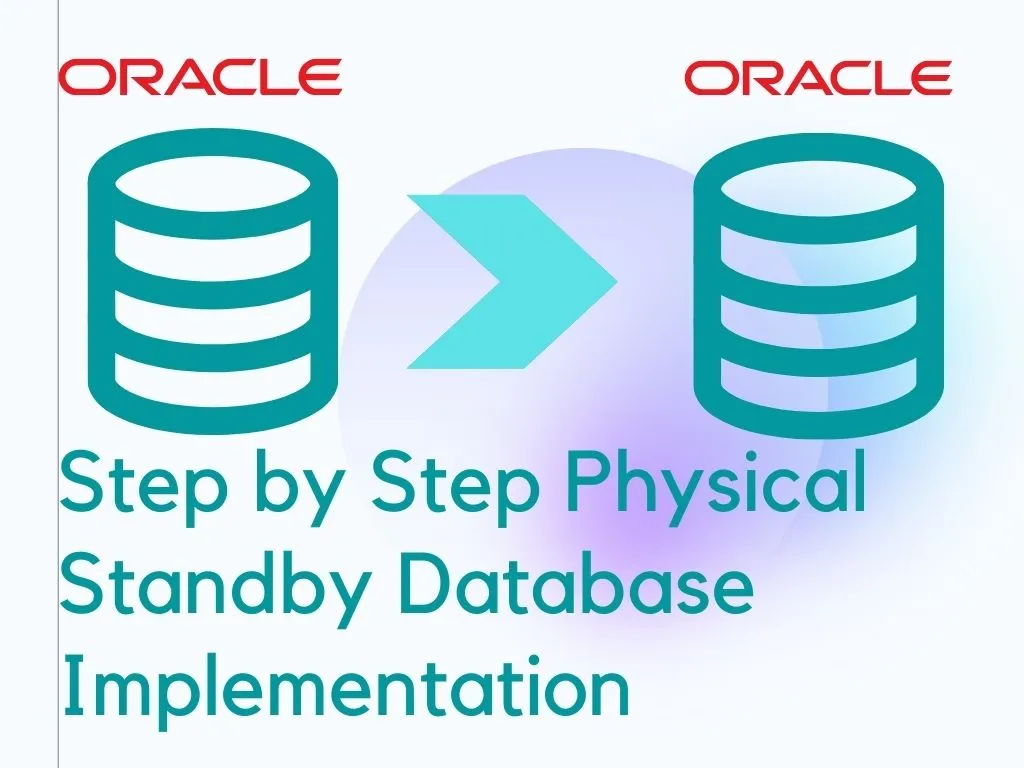
Step by Step Implementation of Data Guard using oracle 12C on the same machine on windows environment
- Introduction
- Configuration of Primary database
- Configuration of Physical standby database
- Data Guard Broker Configurtion
Introduction
Configuration of Primary database
After installing the oracle 12c database software and creating a database then connect to the primary database and do the following steps:- Enable FORCE LOGGING and ARCHIVING by making the database at mount stage
